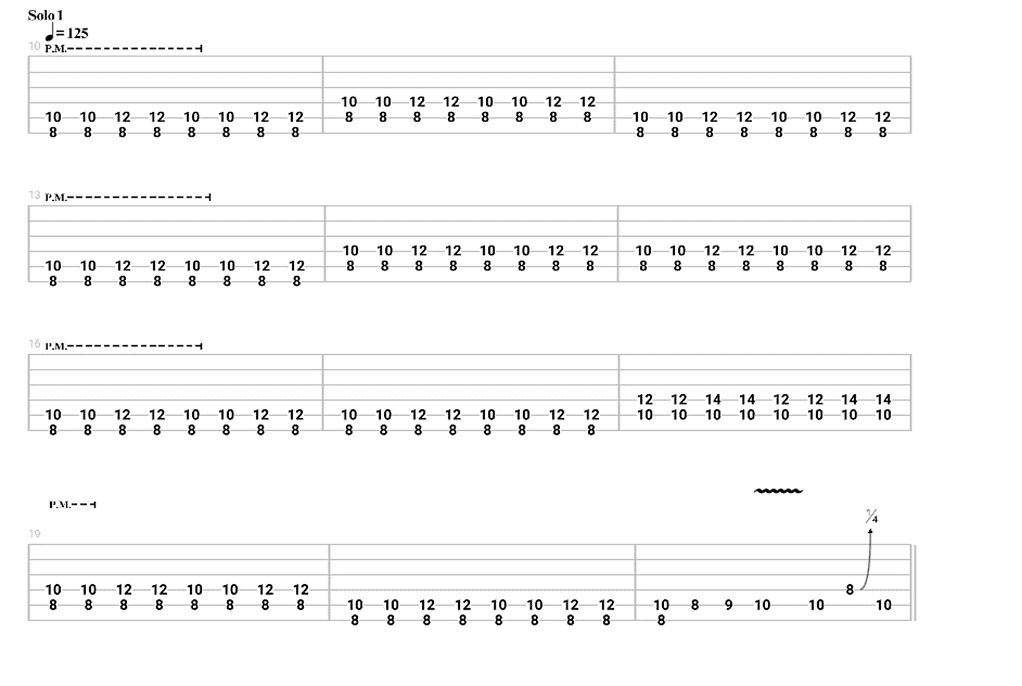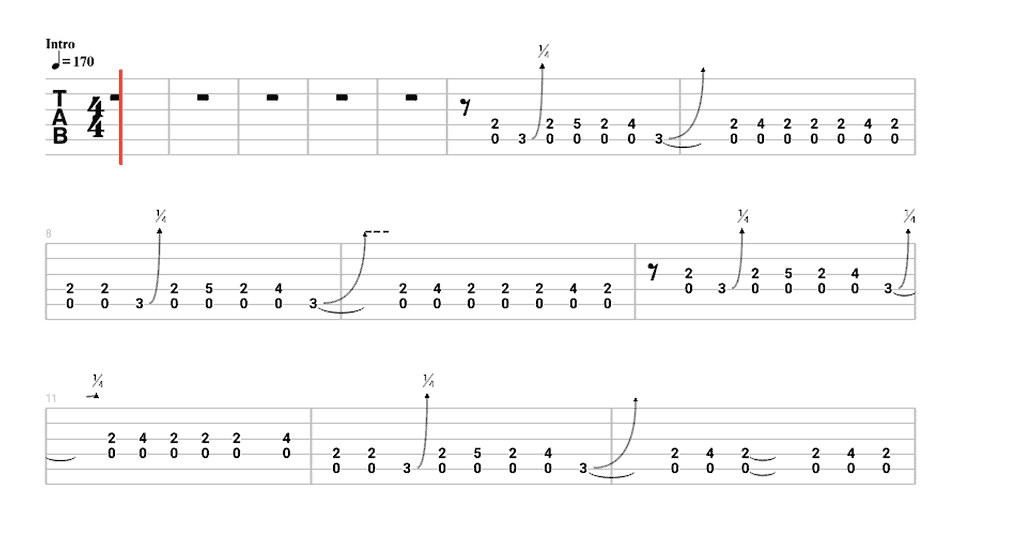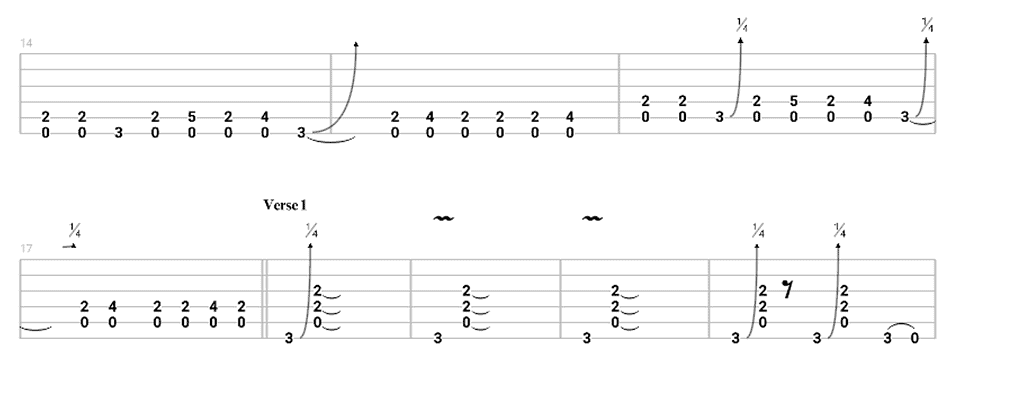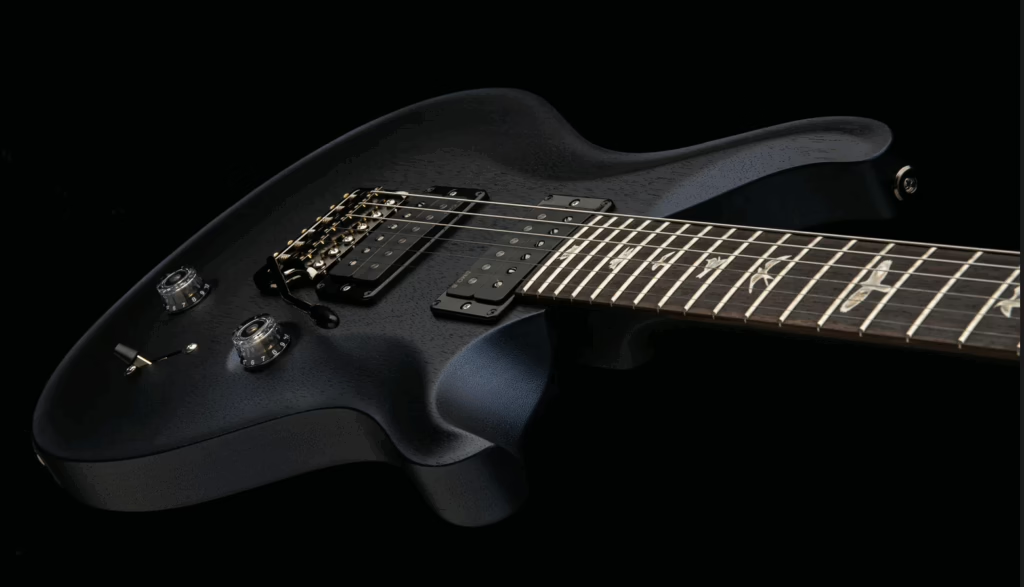Advertisement
Photo credit: Provided by Brian Quinn
March is Women’s History Month and what better way to celebrate it than to shine a light on their substantial contribution to the world of music. More specifically, their role in mid-20th century contemporary, popular music.
For this month’s article, I wanted to start mid-century with what eventually became referred to as rock n’ roll and give special mention to the “Godmother Of Rock N’ Roll,” “The Queen Of The Country Blues,” and some of the most influential and incendiary women in music since.
Women’s emergence in music dates back centuries and there have been so many talented individuals that entire books could be written on each one. As far back as 810 with Kassia, the first woman to compose Byzantine chant, to the first female composed opera by Francesca Caccini in 1625, and up to the likes of Billie Holiday, Ella Fitzgerald, Connie Francis, Dolly Parton, Carole King, Christine McVie, Kate Bush, Natalie Merchant, Sheryl Crow, and Taylor Swift, women have been responsible for creating some of the most enduring art
through brilliant composition. Guitar wielding femme fatales like Jennifer Batten, Orianthi Panagaris, Nita Strauss, and Lzzy Hale have ushered in a whole new legion of young women into the guitar-infused rock world all while being positive role models to look up to and fashion themselves after.
Mind you, these are only a few of the women who have made massive contributions to music, not only in composition, but in education, performance, guitar innovation, and even in women’s suffrage.
Their singular perspectives and experiences challenge perceived gender norms, spark conversations about representation, gender equality, and the overwhelming need to recognize their contributions to music which, in turn, enriches the cultural landscape and the music industry as a whole.
The 1940s saw the emergence of Sister Rosetta Tharpe (born Rosetta Nubin). She was born in Cotton Plant, AR on March 20, 1915.
Tharpe was a gifted, African-American blues musician, guitarist, and gospel singer and was referred to as “The Original Soul Sister.”
She would often be seen rocking a three pickup, SG style (double cutaway), 1961 Gibson Les Paul Custom. Tharpe is credited with being the “Godmother of Rock N’ Roll.” Quite the title, indeed.
Her first recording was, ironically, made on Halloween of 1938 at the age of 23 years old for the legendary Decca Records.
Her pioneering work in the 1960s opened the flood gates for both sexes to go on to create some of the most memorable music that still pumps from our stereo speakers (and iPhones) today.
Tharpe’s incredible contribution to music wasn’t her only massive feat. She was crushing all kinds of boundaries. Her unique perspective as a female, a person of color, and openly (as possible for the times) bisexual, paved the way for a great deal of social equality we see the world over today. Her story is as fascinating as it is inspiring especially for the young women (and men) she would, and continues to, influence even though they may have never have heard of her. Artists such as Aretha Franklin, Chuck Berry, Elvis Presley, and Bob Dylan cite her as an early influence on their fledgling careers.
Tharpe’s legendary 1964 appearance at a disused railway station in Whalley Range, Manchester, England brought her brand of gospel infused blues, country and rockabilly across the pond to England. African-American blues artists from the deep American South, considered long forgotten, were re-discovered at this time and would spark the “British Invasion” of rock n’ roll. It would bring to our shores the music of The Beatles, The Rolling Stones, Pink Floyd, and spawn many others looking to make their mark in the most important of markets, The United States. Today the site is home to the Chorlton Metrolink Tram stop.
This performance truly showcased the power and projection of her massive gospel voice and her effortless command of a I-IV-V blues progression. She was obviously aware of it as she was quoted as saying, “Who needs a microphone when I’ve got a voice as big as a church and lungs as powerful as the Holy Spirit?!”.
Tharpe preferred playing in an Open D (or some variation of) tuning. There are loads of videos on YouTube to check out, and if you are a fan of blues, gospel and rock n’ roll, it’s highly suggested. Thankfully, Tharpe’s legendary performance was recorded and filmed. There is a link to it at the end of the article.
Without the musical guidance of the Delta Blues, the blues movement in Chicago, and the infusing of gospel music from Tharpe, rock n’ roll would not be as we know and love it today. Tharpe passed away in Philadelphia, PA at the age of 58 in 1973.
Her lasting impression on the musical and social landscapes of this country, and beyond, is something to be admired. Certainly, worthy of the recognition, decades later, Tharpe was inducted into the Rock & Roll Hall Of Fame in 2018.
Also, of note during this era of rock n’ roll infancy was another pioneering woman. Guitarist and songwriter, Memphis Minnie. Like Tharpe, Minnie is still considered one of the most influential blues guitarists of all time. An old story goes that she beat out male colleague and blues legend Big Bill Broonzy in a guitar picking contest that was judged by yet another mega-legend, Muddy Waters. It leaves little question as to why Minnie was referred to as “The Queen Of The Country Blues.”
For all my fellow guitarists out there, you’ve probably jammed on, or to, one of her biggest hits. She penned “When The Levee Breaks.” Yes, that one. Brought to the masses in all its rock glory by legendary English rock gods, Led Zeppelin. Their unique re-imagining of the song appeared on their all-time classic rock album, Led Zeppelin IV.
Let’s take a quick look at the literal foundation of rock n’ roll music. The aforementioned I-IV-V blues progression. It’s also commonly referred to as “12 bar blues.”
As we know, the musical alphabet only consists of seven letters. They are: A, B, C, D, E, F, and G. Without going into the depths of the Circle of Fifths and what keys have sharps (#) and/or flats (b), we will keep this simple. We’ll be having an in-depth look at the Circle of Fifths in a later article. Anyway, each of our musical alphabet letters are assigned a number. They run, you guessed it, one through seven.
Let’s take the Key of C Major for example. The Key of C Major has no sharps (#) or flats (b), so as to keep it as streamlined as possible for this particular lesson.
Fig. 1 (C Major scale with number degrees)

As you’ll notice, each letter corresponds with a roman numeral (one-seven), until it reaches “C” again. The pattern simply repeats after “C.” The last “C” in line is also referred to as an octave. Notice the word octave has “octo” in it, meaning eight. So, the I (one) can also be considered an eight. This is true in every key. No matter what letter you begin on, you’ll end on that letter and start all over again. Remember, with the exception of the notes that have sharps and flats (the black keys on the piano), we only have seven letters in the musical alphabet until we circle back around to the letter we started on.
You’ll notice in Fig. 1 that the 1st, the 4th and the 5th scale degrees are highlighted. Therefore, C, F, and G make up the 1-4-5 (I-IV-V) blues progression for the Key of C Major. This is how to determine the 1-4-5 blues progression in any key. Key of G Major? No problem. G, C, D. Key of A major? A, D, E. See the pattern?
Fig. 2: “Statesboro Blues” is a perfect example of 12 bar blues in the Key of C Major. Penned by legendary blues man, Blind Willie McTell, this version comes courtesy of one of the greatest country, blues-rock bands of all time, The Allman Brothers Band. This version appears on the 1989 box set, Dreams.
FIG 2.

Fig 3. is an extremely familiar example of a 12-bar blues progression. The aptly titled “Rock And Roll” from Led Zeppelin. This song is in the key of A Major.


As always, thanks so much for checking the article out and taking a little trip with me down rock n’ roll memory lane. Keep up the great practice, and see you all next month!

Artist: Sister Rosetta Tharpe
Title: Les Paul Custom (serial no. 3749)
Artist: Gibson (American, founded Kalamazoo, Michigan 1902) Date: ca. 1961
Medium: Mahogany, ebony, nickel, plastic, mother-of-pearl, gold plate
Dimensions: Approximate:
Length: 39 3/4 in. (101 cm.)
Width: 13 1/4 in. (33.6 cm.)
Depth: 1 1/4 in. (3.2 cm.)
Classification: Chordophone-Lute-plucked-fretted
Credit Line: Collection of Perry A. Margouleff
